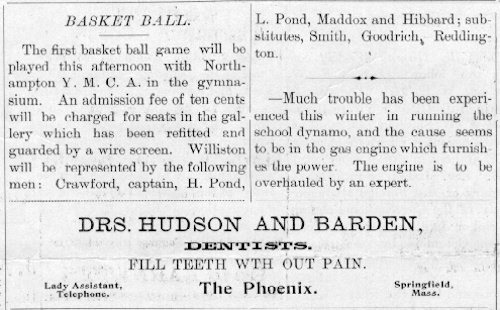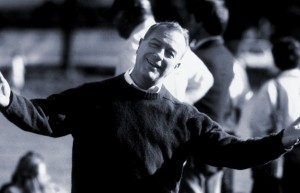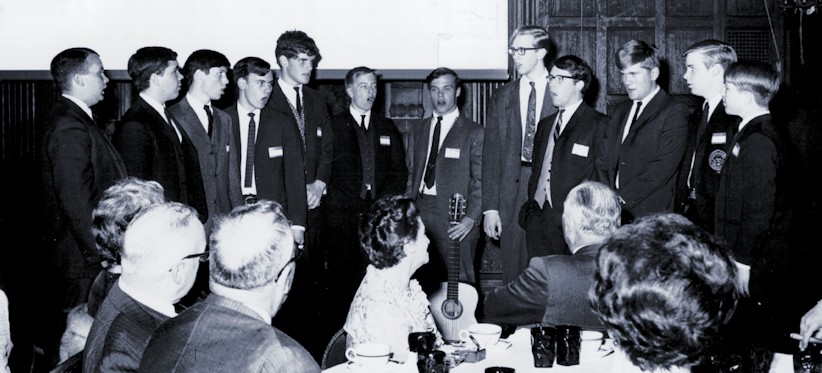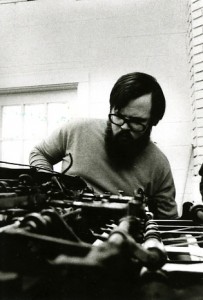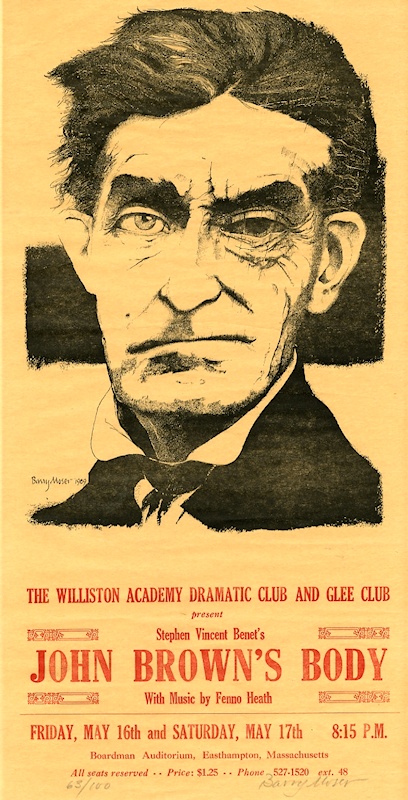The waning days of summer: faculty are preparing for meetings and fall classes while students are finishing their shopping and summer reading — or in a few instances, starting it. School opens in less than two weeks, with all the joy, angst, and tradition associated with the event. Once upon a time the tradition included a tea for new students, hosted by the Headmaster’s spouse and a phalanx of faculty wives. In 1966, a well-scrubbed and tightly necktied “newboy” myself (yes, it was one word then), I was present at this event. A woman of extraordinary warmth and empathy, Mrs. Stevens really did help to take the edge off of the noisy and sometimes impersonal first week of school. On the other hand, many of her guests had never tasted tea, and when offered cream or lemon, took both. Having lived in England the previous year, I knew better, but after 49 years I’ve never learned to like the stuff.

These days we have student arrival and orientation organized and personalized down to the last detail. It was not always so. There is certainly no suggestion of the gentility evoked by Mrs. Stevens’ tea-party in the following letter, by Charles Carroll Carpenter, class of 1856, to his father. Carpenter, of Bernardston, Mass., was a new student in the spring of 1854. (Original spelling and punctuation have been retained.)
Williston Seminary, No. 39
Easthampton, Ms. April 20 1854 . P.M.
Dear Father,
The bell has rung for evening study hours, and I will improve the signal by penning a few hasty lines homeward.To speak of events, historically, I arrived safely at No. H. on Tuesday morning. On the way, met (in the cars) with a young fellow, like myself, Williston-bound; Leavitt, of Charlemont,1 son of Roger H. Leavitt, Esq. Had to wait in No. H. all day—crowds of students came up in the train—and several stages and teams were in readiness to convey them over.2 Ten of us got into a three seated wagon, with my distinguished townsman, Mr. Moore, for a driver. It was most terrific going—mud and melted snow formed a horrible coalition—Could hardly get out of a walk, a single step. We suffered the greatest trouble, however, in fear that other students would get ahead of us and engage the rooms; but after two hours we arrived—“put” for the “Sem.” The Chief Boss of the Institution, Mr. Marsh,3 is absent, on account of dangerous family sickness— and everything went hurly-burly. I engaged however of the pro tem. janitor, a room, for safety—and then went to President Hubbard’s.4 That official is very pleasant and courteous; and when I informed him that I had written to Mr. Warner,5 he called me by name, and said he had engaged me a room, and gave me other useful information. Then returned and found Pres. H. had bespoken me an excellent room, in the Brick Seminary—I obtained the keys to it, and at once, with young Leavitt, moved in “bag and baggage.” Continue reading


